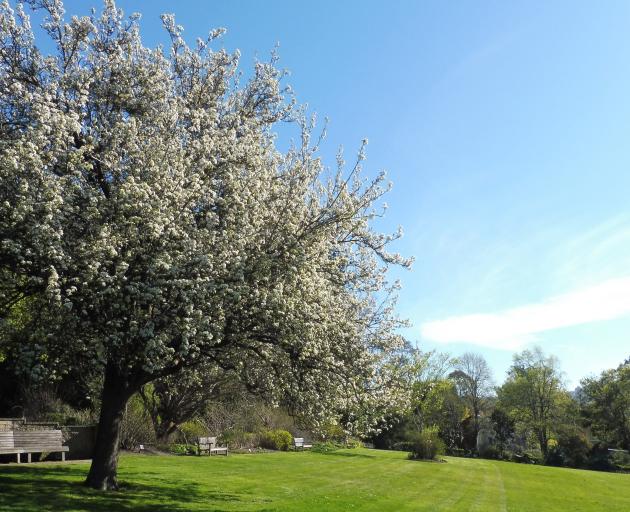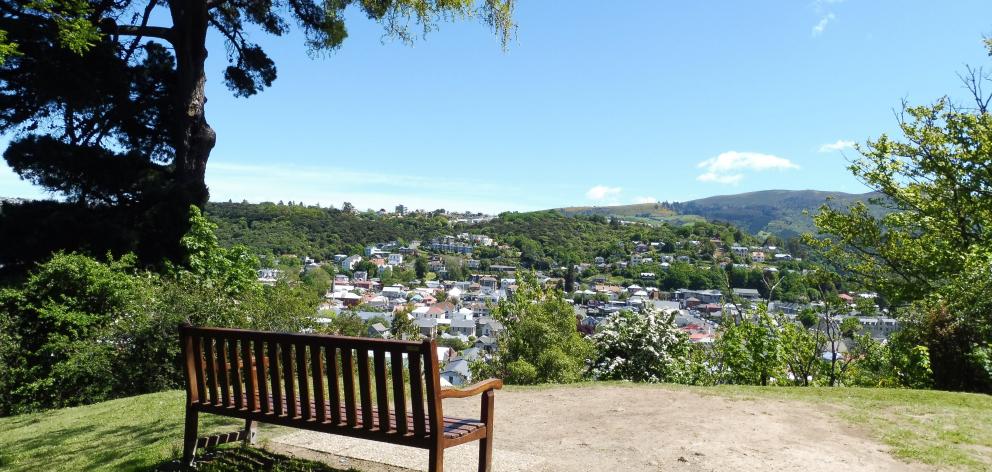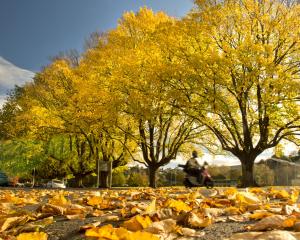

In 2016, English garden writer Liz Ware created the Silent Space project to help people enjoy peaceful time in green spaces. A handful of British gardens agreed to reserve an area where people could be silent. For a couple of hours each week, visitors to these quiet areas were invited to switch off technology and stop talking. The feedback was positive and the project proved to be easy to run. One visitor said: ‘‘It’s wonderful to have permission to be silent.’’
This October, the Silent Space concept was introduced to New Zealand at a botanic garden conference and, as a result, Dunedin Botanic Garden has become the first garden in the southern hemisphere to join. We have created a trail for people to find their own silence.


Visitors are guided along the route by a pocket-sized brochure, which is available from the information centre in the lower garden. The first space is a seldom-visited spot with a view, under mature oak trees. Then visitors are in the bush, travelling along a flat hillside path with the sounds of a rushing river below, ending up at The Point lookout with views over North Dunedin. Soft tracks and a boardwalk then take you through the restful bush of the Rhododendron Dell or, in summer, you can walk barefoot up the grassy Cherry Walk.
New Zealand native plants offer touchy-feely textures so part of the native plant collection serves as a touch trail. The collection also has an alpine scree garden that mimics a mini mountaintop which is home to native insects that make lovely summery sounds on a hot day.

The route takes you through more bush, the arboretum and finally, the Mediterranean Garden terrace with its view up the Leith Valley. But you can pick and mix sites as you please.

The Dunedin Botanic Garden information centre is open daily from 10am-4pm.
Clare Fraser works in adult education at Dunedin Botanic Garden.










